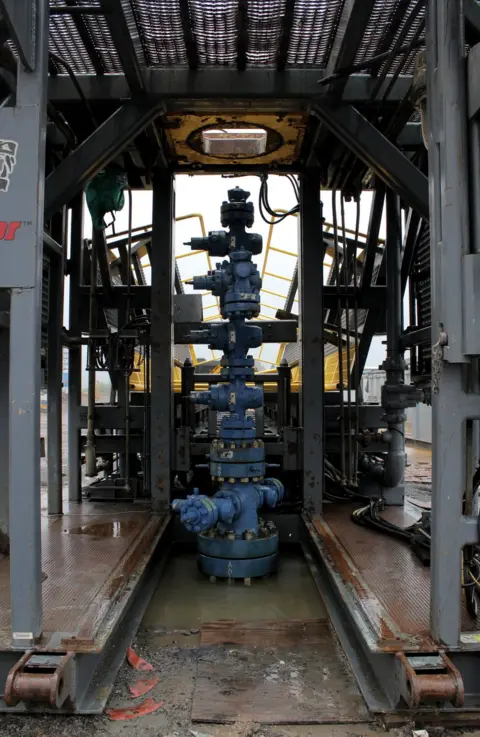SOURCE: AFI


The quietude of Gothane, a nondescript village nestled atop a plateau near the Koyna Dam, belies its pivotal role in unraveling the mysteries of seismic activity. This unassuming locale has transformed into a scientific frontier, where geologists and engineers are embarking on a daring expedition into the Earth’s crust.
A decade ago, Gothane witnessed the drilling of a 3-kilometer-deep borehole, a monumental undertaking that provided invaluable insights into the Koyna region’s geological makeup and the mechanics of earthquakes. The project revealed the area’s susceptibility to seismic activity, emphasizing the need for further exploration.
Building upon this foundation, scientists are now gearing up for an even more ambitious endeavor: a 6-kilometer-deep borehole. This ambitious project is driven by the recognition that Koyna offers an unparalleled opportunity to study earthquake behavior in detail. However, the challenges are immense. Extreme temperatures, the weight of drilling equipment, the complex geological formations, and the sheer logistical demands of operating in a remote location present formidable hurdles.
Securing the necessary expertise for such a prolonged and demanding project is another critical challenge. The work requires a dedicated team of highly skilled professionals capable of operating under challenging conditions for extended periods.
Despite these obstacles, the potential scientific rewards are immense. A successful 6-kilometer borehole could revolutionize our understanding of earthquakes, providing crucial data for developing early warning systems and mitigating the impact of seismic events. Gothane, once a tranquil village, is poised to become a global epicenter for geological research and a beacon of hope in the quest to predict and prepare for earthquakes.